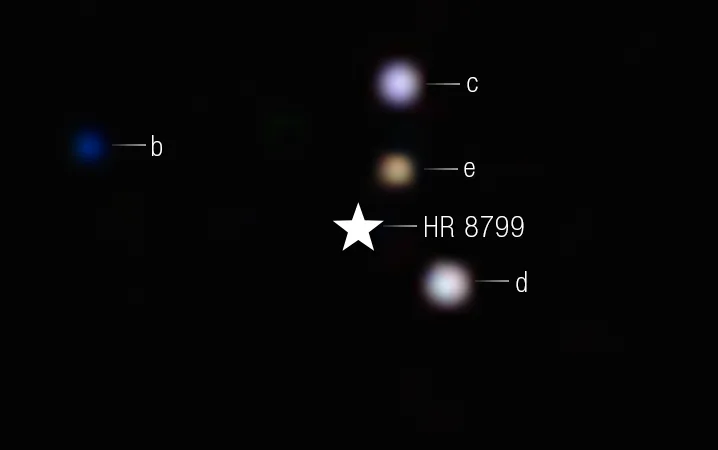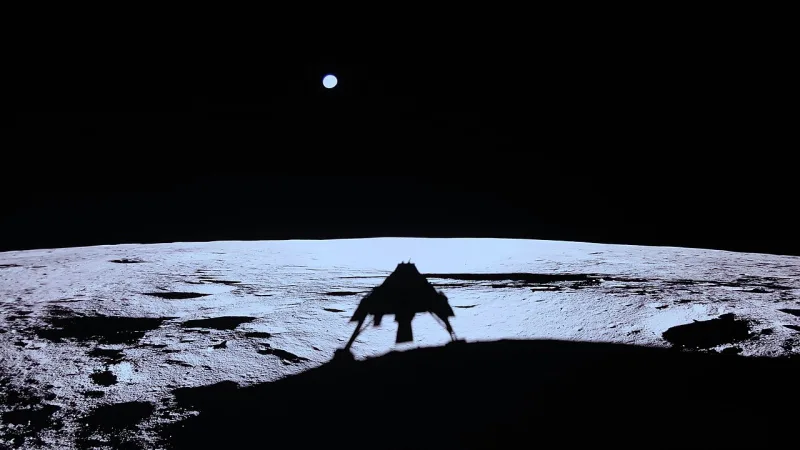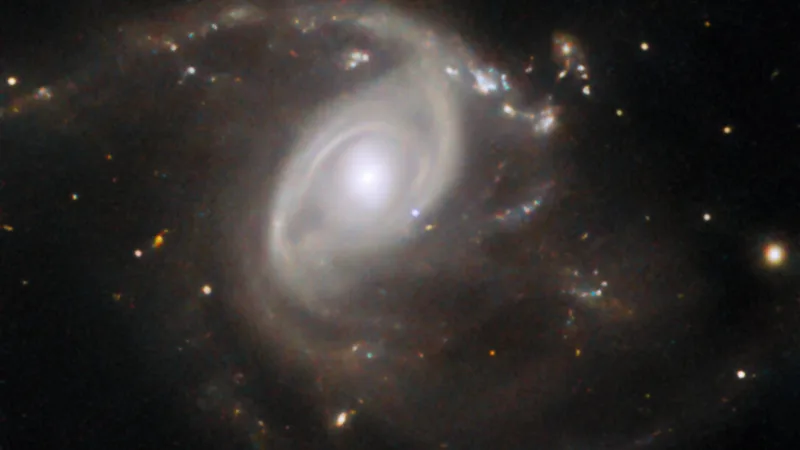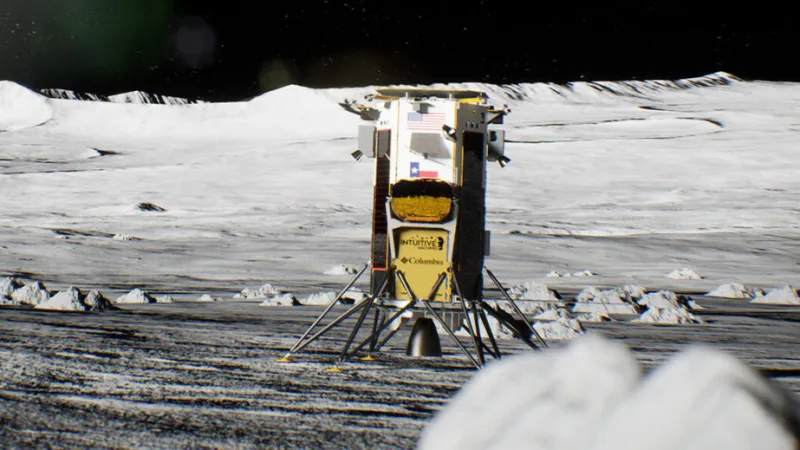Chandrayan-3 Detects Multitude of Elements Near Lunar South Pole
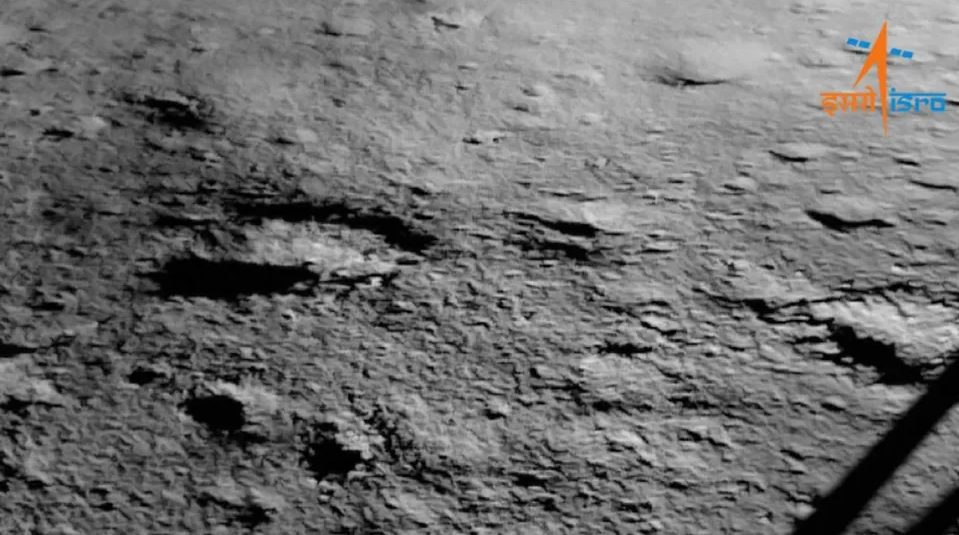
India’s Chandrayan-3 lunar mission has achieved significant scientific and technical advancements. The Pragyan rover has successfully analyzed the composition of the Moon’s surface near the lunar south pole, an area of great interest for future lunar bases. The mission has already made valuable discoveries, although it has not yet found water ice, the ultimate objective.
LIBS Discovery and Elemental Composition
The Indian Space Research Organization (ISRO) has announced that the Laser-Induced Breakdown Spectroscopy (LIBS) instrument on board Chandrayan-3 has detected the presence of sulfur, a finding that previous missions were unable to confirm. LIBS works by using intense laser light to transform materials into plasma, allowing their composition to be identified through their electromagnetic spectrum. Notably, it does not determine the molecular combinations present. In addition to sulfur, the initial results reveal the presence of aluminum, calcium, iron, chromium, titanium, manganese, silicon, and oxygen. However, no hydrogen, a key component of water, has been detected in the samples tested so far. The search for hydrogen is ongoing.
Related: India made History with Successful Moon Landing
Water Ice and Resource Prospects
The mission’s achievements so far also include the first temperature measurements taken at lunar high latitudes by the Vikram lander. Establishing a long-term presence on the Moon is economically challenging due to the high costs of transporting materials. The ability to extract necessary resources from the Moon itself is crucial. The presence of water ice in craters near the lunar poles has sparked renewed interest in lunar exploration. This was the motivation behind India’s decision to attempt a Moon landing at 69 degrees South and Russia’s own unsuccessful attempt. Confirming the presence of ice will be Chandrayan-3’s main accomplishment, although the discovery of other elements will also contribute to reducing resource requirements. Sulfur, for example, could potentially be used to produce concrete, reducing dependence on Portland Cement.
Pragyan Rover‘s Quest for Lunar Ice
Even if the Pragyan rover does not find hydrogen in the materials it has studied so far, there is still hope for discovering lunar ice. Deeper within the shadow of crater walls, it is more likely to find ice that has survived the lunar days. However, the rover has not yet reached the optimal locations for this search, and the path ahead is challenging, particularly for a small rover. Nonetheless, the six-wheeled vehicle has been performing well with support from Earth. It encountered a 4-meter diameter crater on August 27, 2023, positioned 3 meters ahead of its location. The rover was instructed to retrace its path and is now safely continuing on a new route.

